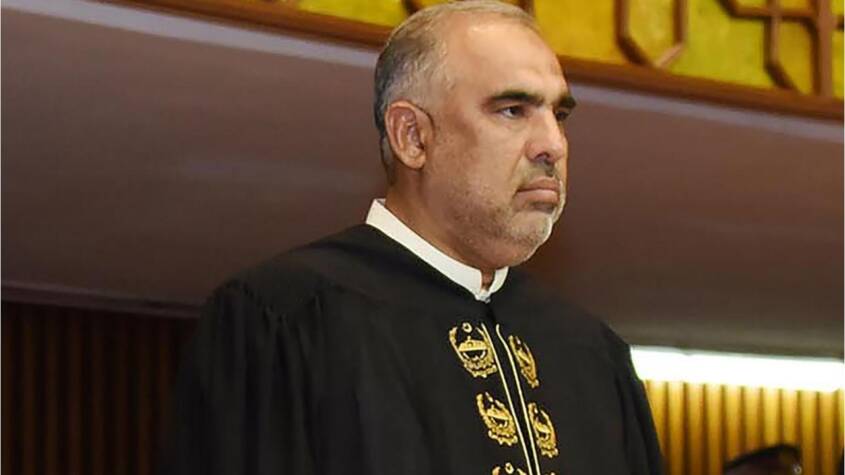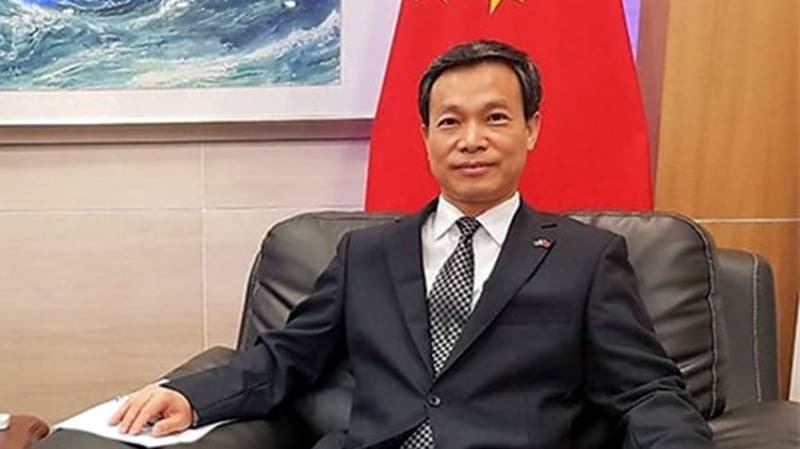Solar to become Pakistan’s second largest power source by 2026, highlighting country’s commitment towards green energy transition.
By June 2026, solar energy is projected to become Pakistan’s second-largest source of electricity generation after hydropower, contributing 8,444MW or 19% of the national output.
Of this total, solar net metering alone will account for 7,794MW (18%), while other solar sources will generate an additional 650MW, according to official data.
During FY2025–26, the national grid is expected to receive an extra 2,800MW of power, largely driven by a 2,633MW boost from solar net metering, as outlined in the Annual Plan 2025–26.
These additions will push the total installed generation capacity to 44,626MW by June 2026. The energy mix is forecasted to comprise 50.5% from renewable sources—including hydropower, solar, wind, and bagasse—and 49.5% from thermal sources such as coal, gas, RLNG, oil, and nuclear energy.
Within the renewables, hydropower will add 135MW in FY2025–26, bringing its total installed capacity to 11,853MW, or 27% of the national total.
Coal will be the third-largest contributor, supplying 7,920MW (17%), including 4,620MW from imported coal and 3,300MW from local sources.
Electricity generation from RLNG will reach 6,493MW (15%), nuclear 3,545MW (8%), gas 2,776MW, and oil 1,351MW. Additionally, a new 32MW bagasse-based plant will bring total bagasse capacity to 399MW.
For FY2024–25, the total installed capacity was 41,938MW (excluding K-Electric’s 3,709MW). During this period, 4,625MW of fossil fuel–based capacity was retired, including RFO, RLNG, and gas plants. At the same time, 4,513MW of new capacity was added, mostly from renewables like 2,813MW from net metering and 1,038MW from hydropower. However, due to simultaneous retirements, the net change was a slight decline of 112MW.
By June 2026, the transmission network will be expanded with an additional 5,550 MVA on 500kV, 4,710 MVA on 220kV, and 1,300 MVA on HVDC systems. Transmission lines will be extended by 170 km (500kV), 355 km (220kV), and 137 km (±660kV).
Distribution improvements will include electrifying 15,352 villages and adding 1,861,320 new consumer connections through DISCOs in FY2025–26.
Related Posts

















